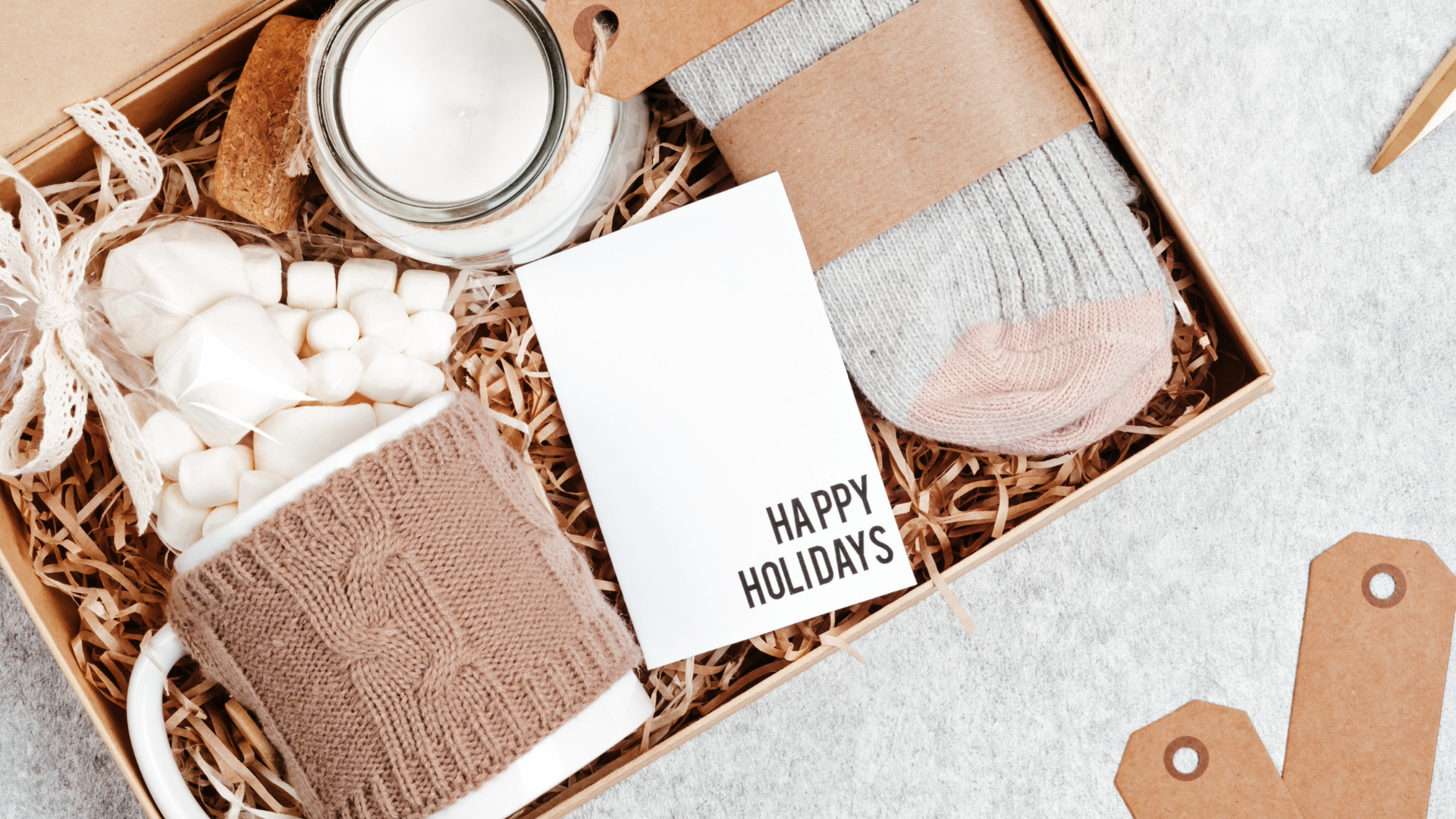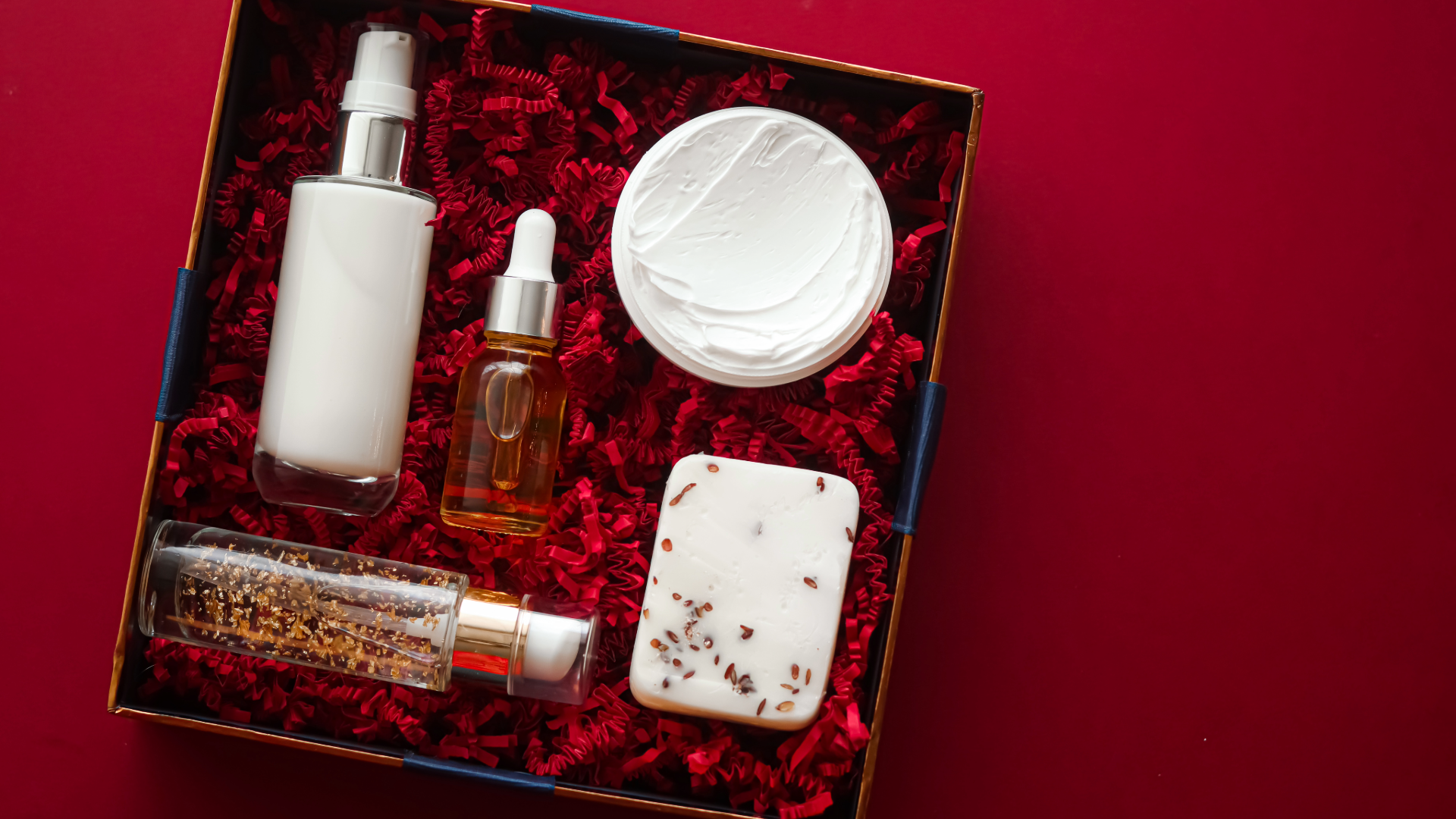Packaging Flexibility: How Subscription Boxes Stay Fresh with Seasonal, Limited, and Tiered Designs
The magic of a subscription box lies in the moment of discovery. Customers don’t just sign up for products. They sign up for an experience. They want the thrill of surprise, the joy of unwrapping something new, and the reassurance that it still feels like their brand.
But here’s the catch: consistency builds recognition, while novelty keeps excitement alive. Too much sameness, and your packaging starts to feel stale. Too much variety, and you risk confusing customers or burning through your budget.
That’s where flexible packaging design comes in. A smartly designed packaging system gives subscription brands the power to adapt for seasons, special editions, and premium tiers without reinventing the wheel every month. Done right, it creates an unboxing experience that never feels repetitive and always feels intentional.
1. Why Flexibility Matters in Subscription Packaging
Subscription services live and die by customer experience. Packaging is more than just a protective shell. It’s the stage that sets the mood for every delivery.
Customer expectations: Subscribers want packaging that matches the excitement of what’s inside. If the box looks the same month after month, the “wow” factor starts to fade.
Market competition: With thousands of subscription services fighting for attention, packaging can make or break first impressions.
Brand storytelling: Seasonal or limited-edition packaging lets you inject personality and show customers you’re paying attention to trends, events, and their lifestyle.
In short: your packaging can either be a forgettable cardboard box…or the reason your subscribers snap photos and stay loyal.
2. The Balancing Act: Consistency vs. Variety
The biggest challenge with subscription packaging isn’t coming up with a great design but knowing when to change it and when to keep it the same.
Consistency matters because it reinforces brand recognition. Your subscribers should recognize your box the second it lands on their doorstep.
Variety matters because monotony is the fastest way to subscription fatigue. Customers should feel like each box is special and worth waiting for.
The sweet spot? Flexible packaging systems that keep your core brand identity intact while allowing for seasonal, limited, or premium touches. Think of it as having a wardrobe: you keep the basics the same but switch out accessories to keep things fresh.
3. Seasonal Subscription Box Packaging: The Built-In Refresh
Nothing keeps a subscription box more exciting than seasonal updates. Whether it’s a splash of red and gold for the holidays or pastel tones for spring, seasonal designs tap into the rhythms of your customers’ lives.
Why it works:
Taps into nostalgia and traditions.
Feels personalized to the moment.
Encourages gifting during seasonal peaks.
Design tips:
Keep the box structure consistent. (Same size = easier shipping and fulfillment.)
Use interchangeable elements like:
Printed sleeves that slide over your base box.
Stickers or stamps for seasonal flair.
Themed tissue paper or filler that adds impact without a full redesign.
This way, you’re adding something new without overhauling your entire supply chain.
4. Limited-Edition & Collaboration Packaging: The Collector’s Box
If there’s one thing subscription customers love, it’s exclusivity. Limited-edition packaging or artist collaborations transform an ordinary delivery into a keepsake.
If there’s one thing subscription customers love, it’s exclusivity. Limited-edition packaging or artist collaborations transform an ordinary delivery into a keepsake. These designs create buzz and urgency, and subscribers don’t want to miss out on something that might never come again. They also add value beyond the product itself, turning the packaging into something people display, reuse, or even collect.
Real-world examples:
Art collaborations: Snack or beauty boxes partner with illustrators to create unique cover art.
Anniversary boxes: Brands celebrate milestones with foil stamping or embossed designs.
Pop culture tie-ins: Movie or TV collabs make the packaging itself a piece of fandom merch.
Design tips:
Use specialty finishes sparingly (like metallic foil or embossing) so they stand out.
Collaborations work best when they feel relevant to your audience, not just flashy.
Think about collectability: will customers want to keep this box?
Done right, limited-edition packaging becomes part of your brand’s legacy, not just a shipping container.
5. Tiered Subscription Packaging: Showing Value Through Design
Many subscription services offer different tiers: basic, premium, and VIP. Packaging plays a big role in showing customers that they’re getting what they paid for.
Many subscription services offer different levels, basic, premium, and VIP, and packaging plays a surprisingly big role in how customers perceive those tiers. A plain kraft mailer with a simple logo might be fine for the entry-level subscriber, but when someone is paying extra for a premium experience, they expect the packaging to reflect that upgrade.
Real-world examples:
A basic tier box might ship in kraft mailers with a simple logo.
A premium tier gets a sturdier, full-color printed box with an insert.
A VIP edition might include metallic finishes, extra layers of tissue, or personalized thank-you notes.
Design tips:
Keep dimensions consistent to simplify fulfillment.
Differentiate tiers with materials (kraft vs. glossy), coatings, or inserts, but not completely separate designs.
Think of it as “levels of delight” with each step up adding something special.
This approach makes sure your packaging scales with your customer base without blowing up your production costs.
6. The Logistics of Flexible Packaging
Of course, creativity is only half the story. Logistics are what make subscription businesses run smoothly. Flexible packaging is exciting, but it only works if it’s practical from a production and fulfillment standpoint.
Digital printing is often the best tool for short runs or seasonal variations since it allows quick turnarounds and smaller batch sizes. Many brands also choose to bulk order a core base box and then layer on interchangeable elements like sleeves or inserts. This keeps storage and shipping streamlined while still leaving room for design variety.
Fulfillment teams benefit from modular components because they reduce clutter and confusion in warehouses. Keeping box dimensions consistent is a lifesaver for shipping efficiency and helps avoid costly errors.
Digital printing works well for small runs or seasonal themes.
Base boxes plus modular elements simplify storage and add flexibility.
Consistent sizing keeps fulfillment and shipping operations efficient.
Finally, don’t underestimate the value of your supplier relationships. Working with vendors who understand subscription cycles and can pivot quickly when you need seasonal or limited-edition packaging can make all the difference in executing a flexible packaging strategy without headaches.
7. Customer Experience: Why It All Matters
At the end of the day, packaging flexibility isn’t just a nice-to-have—it directly impacts how customers feel about your brand.
Emotional connection: A seasonal touch makes subscribers feel thought-of and valued.
Social sharing: Unique or limited-edition designs are more likely to get posted online, fueling word-of-mouth marketing.
Retention: Fresh packaging keeps the experience exciting, helping prevent churn from “subscription fatigue.”
In other words, flexible packaging helps keep the magic alive month after month.
Conclusion: The Subscription Box That Evolves with You
Subscription boxes aren’t just about products, but they’re about experiences. The right packaging strategy ensures that each delivery feels both familiar and fresh.
By investing in flexible packaging systems, brands can:
Keep core identity consistent.
Add seasonal or limited-edition flair without breaking the bank.
Elevate premium tiers with thoughtful upgrades.
Delight customers enough that they keep subscribing and keep sharing.
Because at the end of the day, packaging isn’t just about getting products from point A to point B. It’s about telling a story, surprising your audience, and making sure that box on the doorstep never feels boring.





